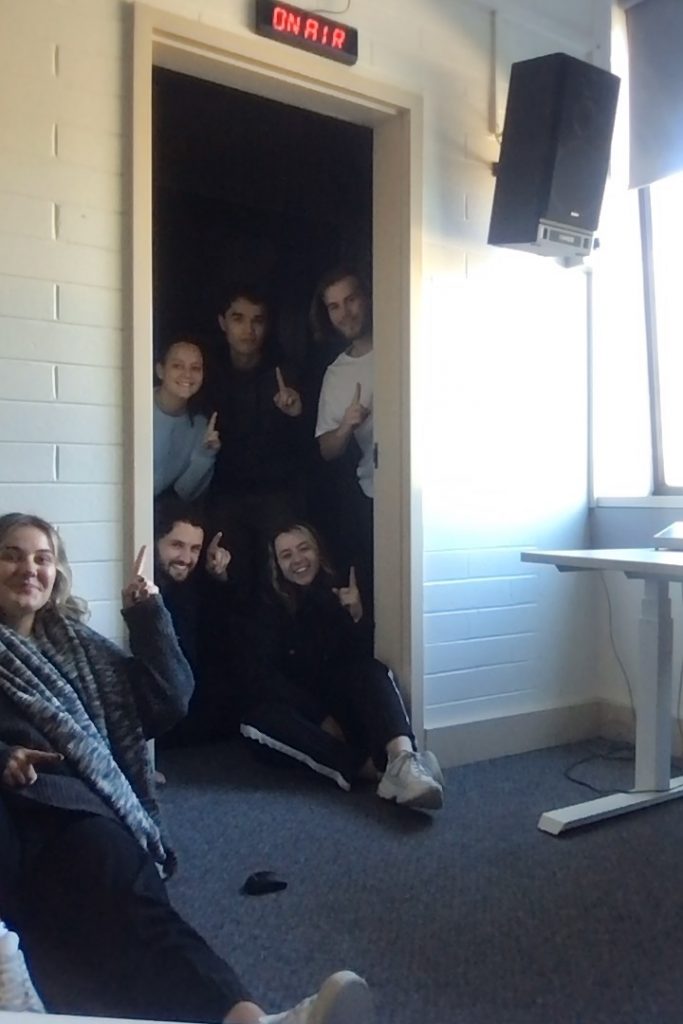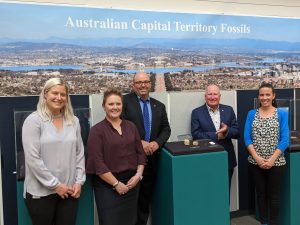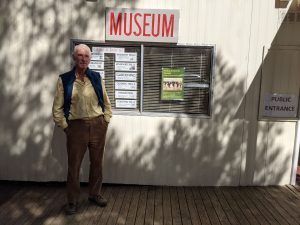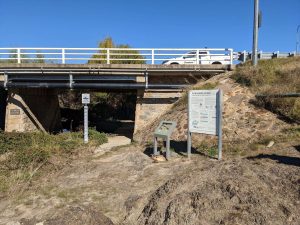Canberra has key to the universe
By KATHLEEN RAYMENT
CANBERRA will soon be the world’s eyes and ears to the universe. New antennas to be built at Tidbinbilla Space Complex will be the first to capture the most detailed pictures of Pluto.
NASA has approved construction for up to four new antennas to be built at Tidbinbilla by the year 2025, with an investment of $50 million from NASA. The new antennas will help improve the capabilities of NASA’s Deep Space Network, which is used to communicate with spacecraft far beyond the Earth’s orbit.
The Deep Space Complex at Tidbinbilla will replace its ageing, 70-metre-wide dishes with a new fleet of 34-metre-wide dishes. Education and Outreach manager, Glen Nagle said, “Two of the antennas, starting construction this year, will be completed in 2014 and 2016 and are important to ongoing support of the missions of many nations.”
Tidbinbilla is the only site NASA has in the Southern Hemisphere, and the new antennas will take on an important role in 2015 when most of NASA’s Pluto mission will be visible only from the Southern Hemisphere.
“The Pluto mission left four years ago and we’ve been tracing it regularly through the course of its journey. It will arrive on July 14th 2015 and our antenna will receive the first close up pictures,” Mr Nagle said. The site has been vital to many of NASA’s space missions. The Deep Space Station 46 antenna was recently retired after 44 years of service. The DSS46 was responsible for beaming the first pictures of the Apollo 11 mission to the moon.
This historical context makes Tidbinbilla a very popular excursion site. There are about 12,000 students and 70,000 general visitors to the complex every year CSIRO figures show. The new antennas will hopefully foster a greater understanding of astronomy, increase knowledge and inspire students into science and engineering careers, Mr Nagle said.
Tidbinbilla’s new developments could stimulate children to invest in science and promote a strong interest in space. St Francis of Assisi teacher Gabriele Hunter said, “Tidbinbilla is an excellent resource for children to understand space exploration and our history of space travel.”
Science does not play a major role in ACT school curriculum and this worries some teachers. St Anthony’s Primary School teacher Kathleen Galvin, “Catholic schools especially are pressed to shorten their subjects to incorporate religious education…science gets removed if schools are trying to deal with an overcrowded curriculum.”
The last antennas were built on the site in 1997 and Glen Nagle thinks the new antennas are an endorsement of Australia’s capabilities and will inspire children to get involved.
The new antennas will operate on a higher frequency band allowing more flexible use and the capacity to carry more data. Because of their smaller size the electronic equipment is more accessible; this makes maintenance a lot easier and less costly.
NASA announced its decision to begin construction in Canberra on the 50th anniversary of US and Australia cooperation in space tracking operations. This decision shows renewed commitment from NASA and confirms a bright future in the Australian and US space partnership.




Be the first to comment!